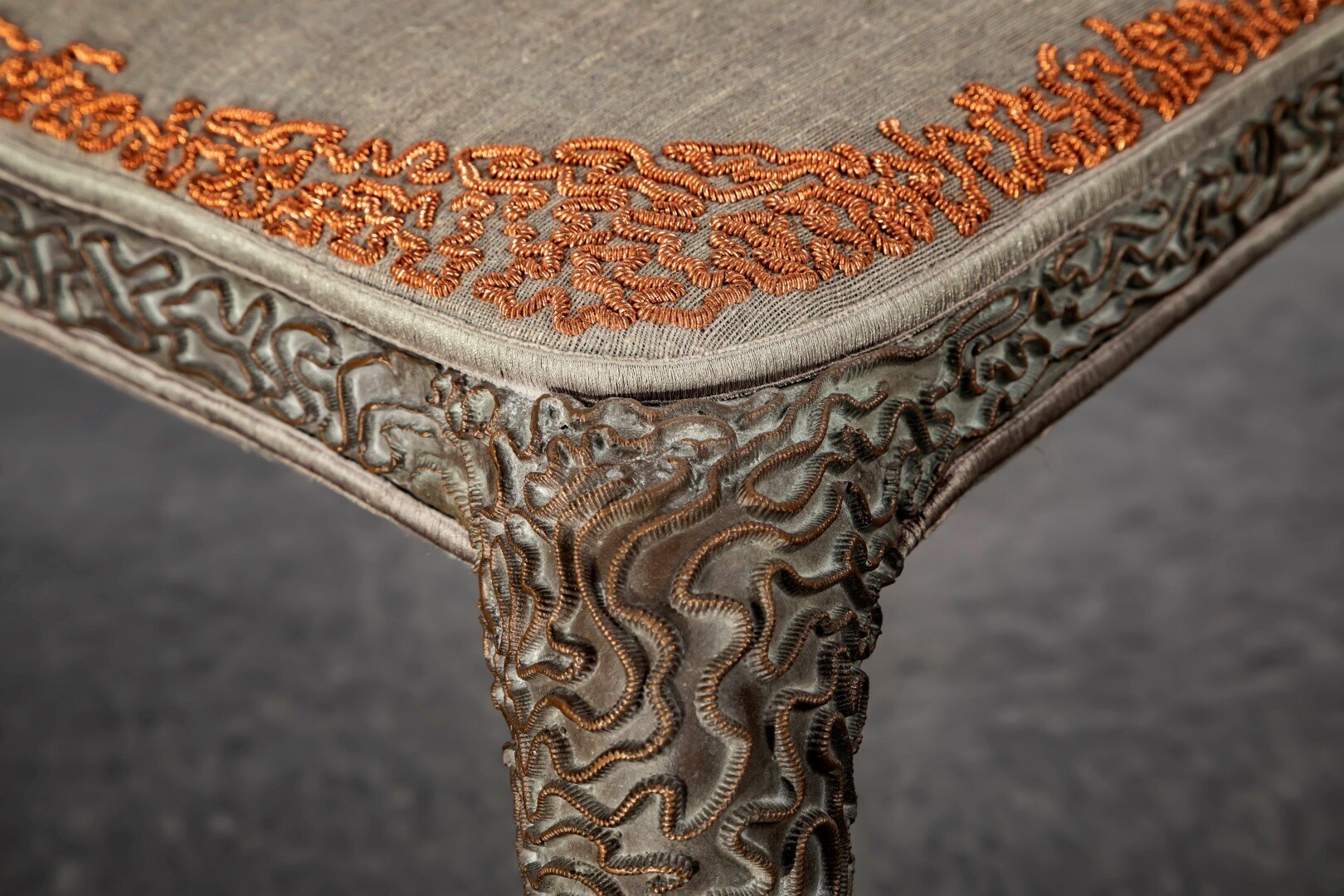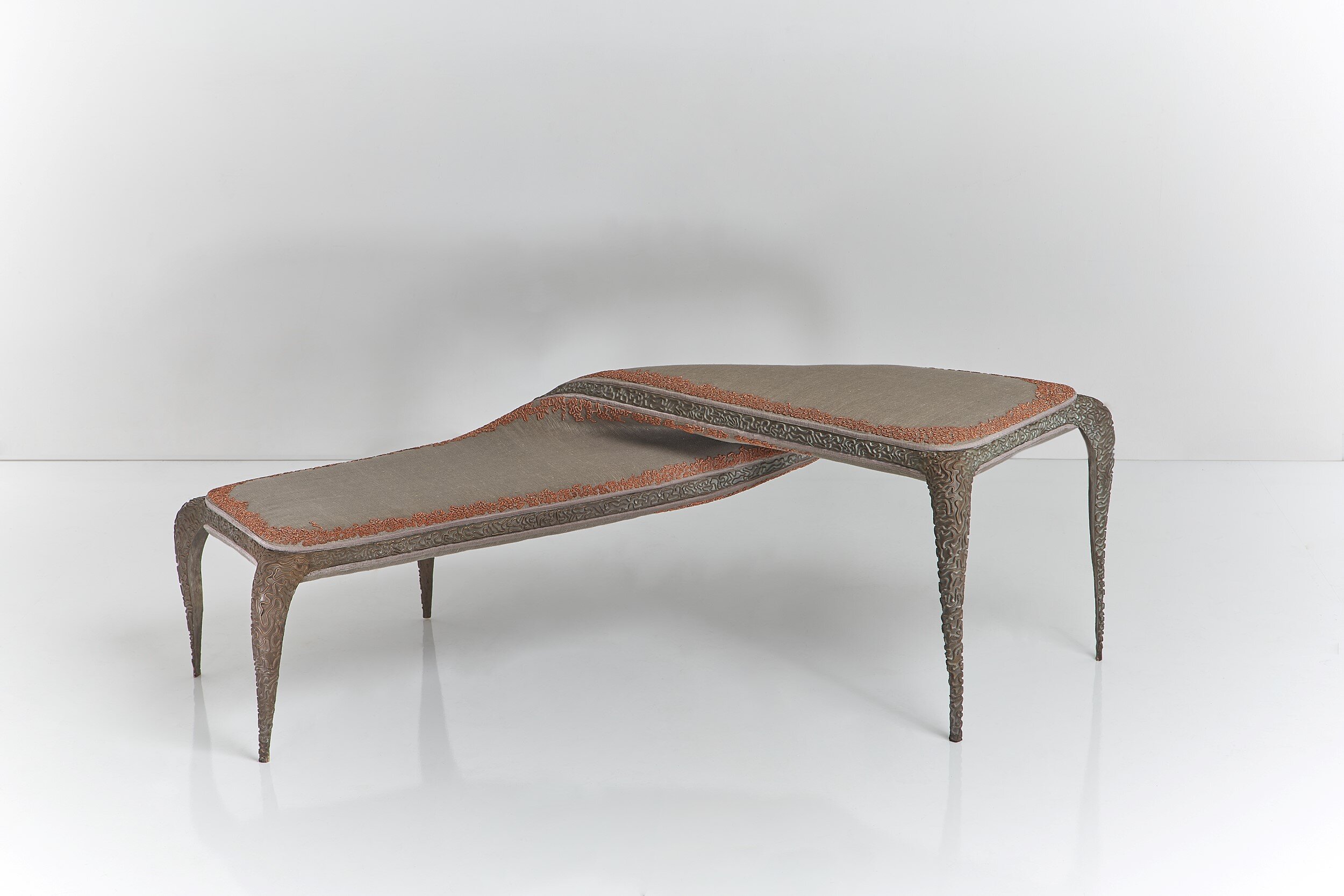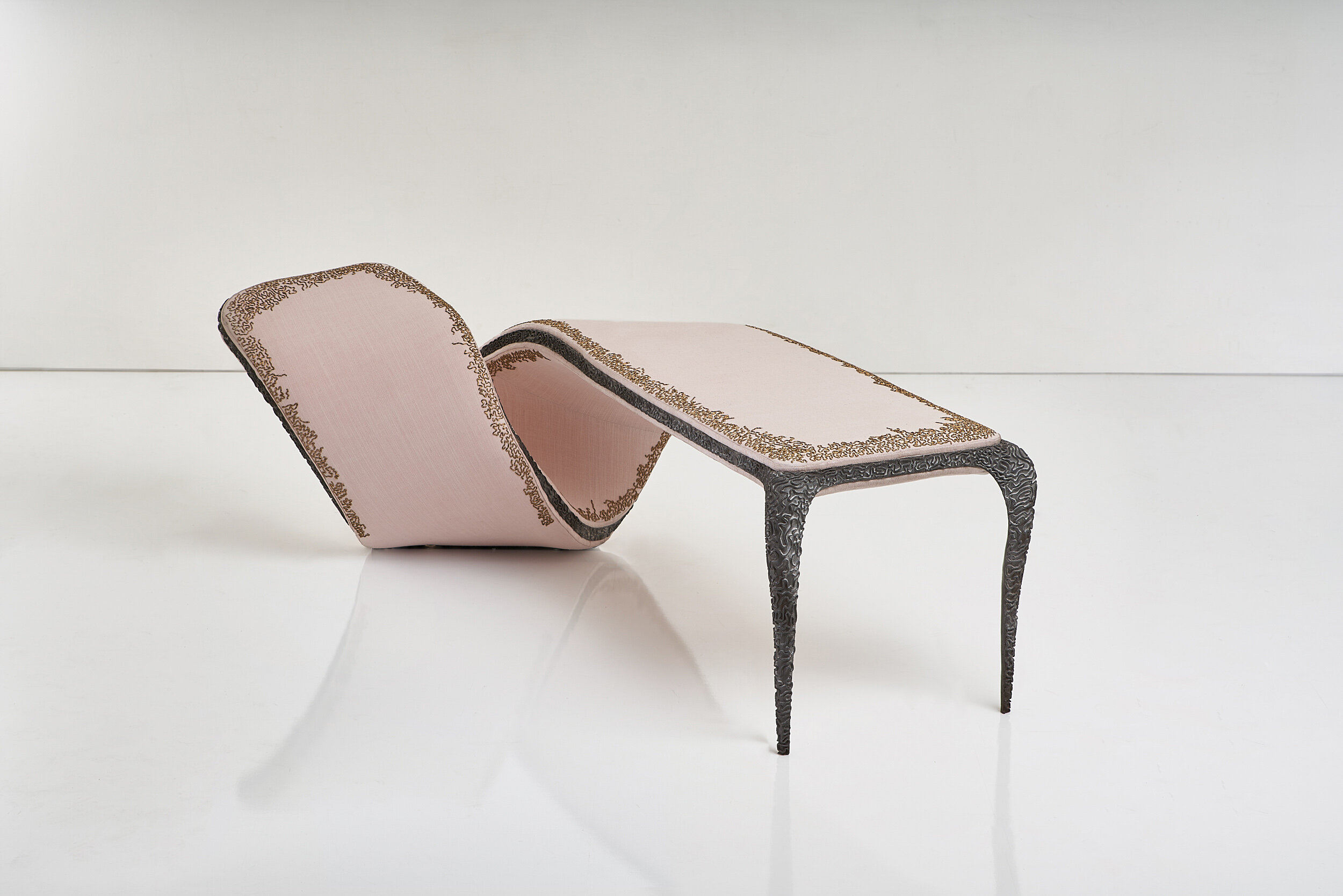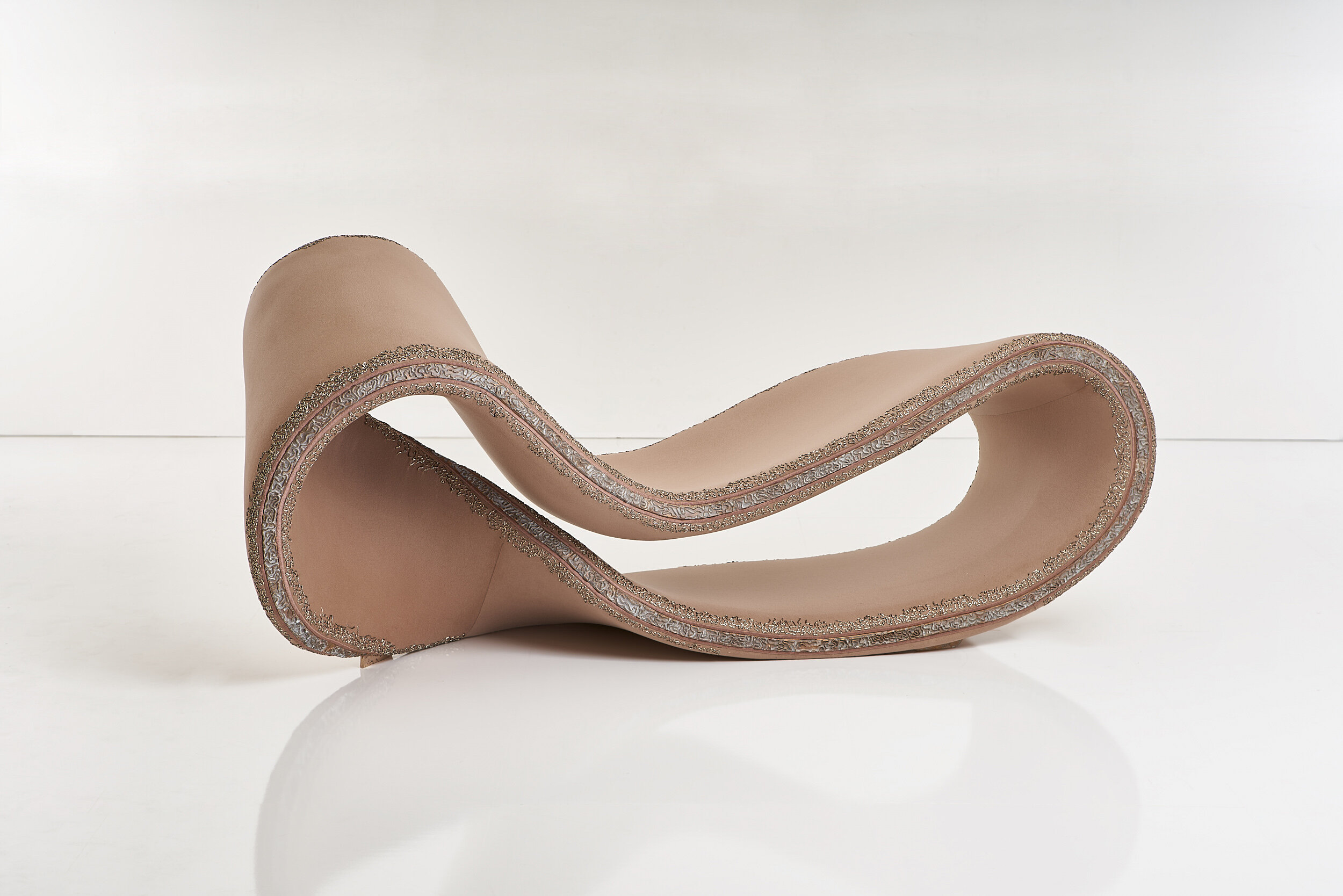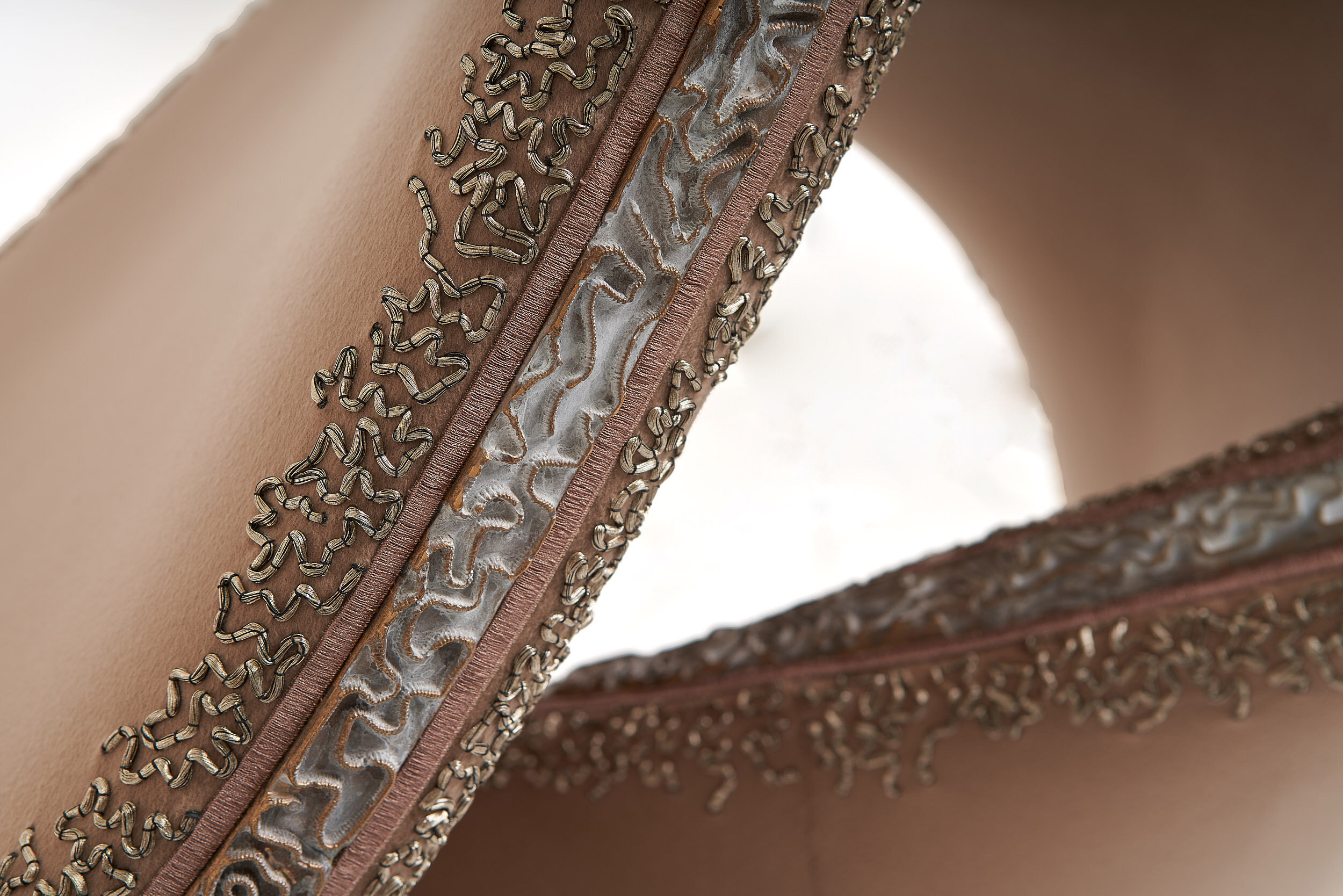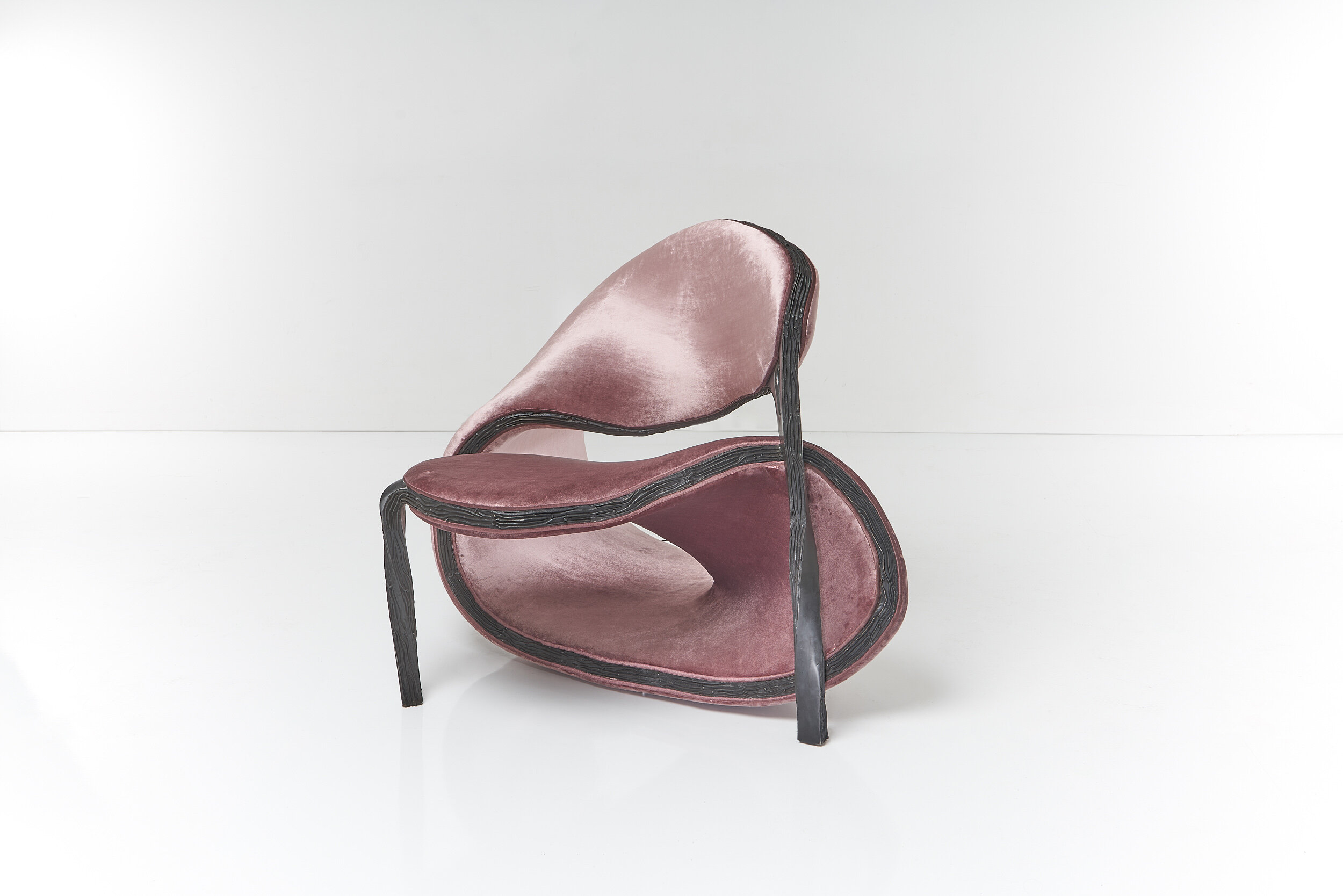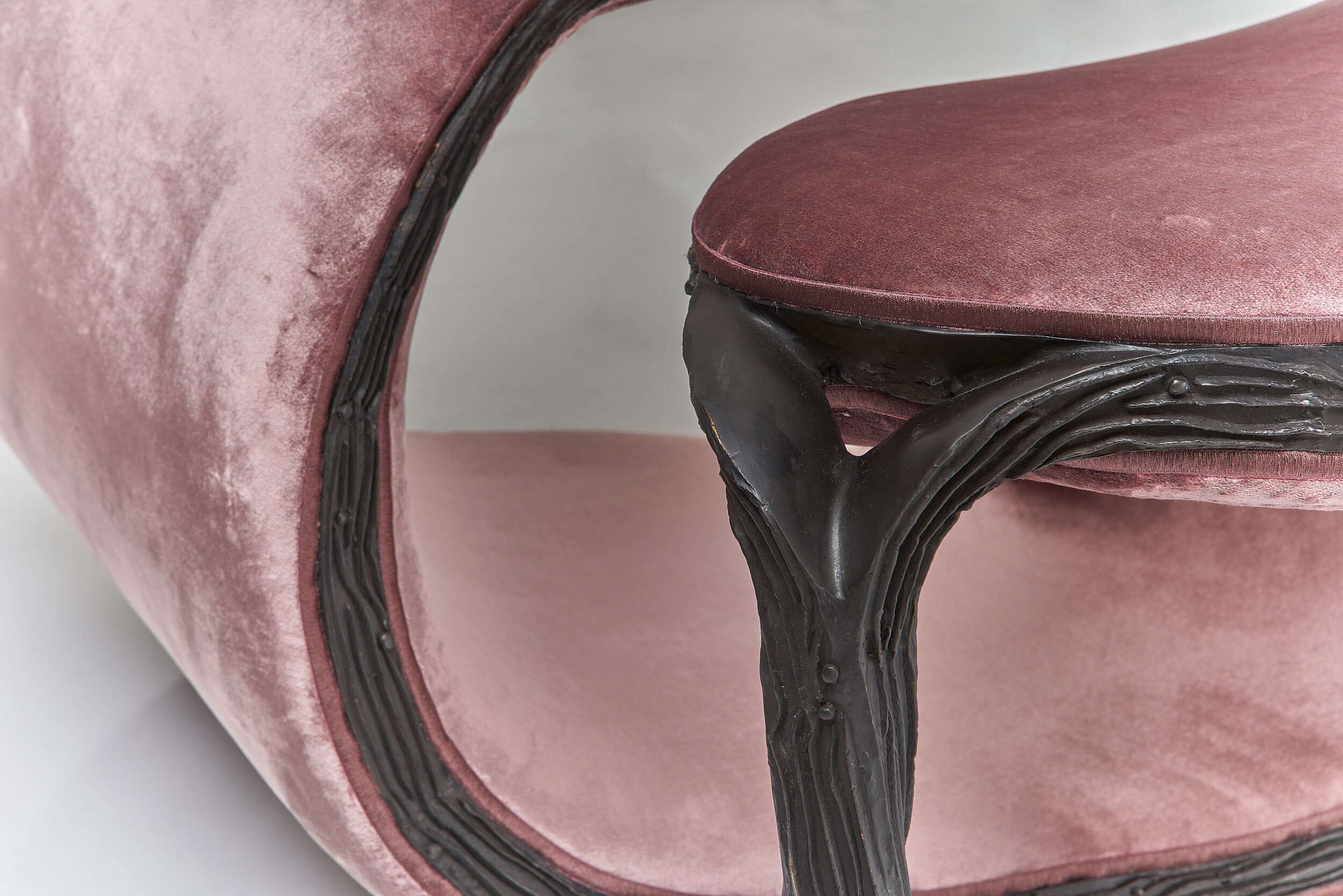SEBASTIAN BRAJKOVIC
Sebastian Brajkovic, born in Amsterdam in 1975 to a Dutch-Indonesian mother and a Croatian-Italian father, is an artist who started creating furniture by transforming and mutating archetypal shapes into new forms, often using contemporary technologies. This resulted in works that transcended in form and historical periods, forging his own, visually-striking, canon. Brajkovic believes that “truly innovative and functional objects and ideas unite the future, present and past”.
Brajkovic initially studied cabinet-making at the Amsterdam’s meubelvakschool before enrolling at Design Academy Eindhoven. During his time there Brajkovic studied under the tutelage of Gijs Bakker, Hella Jongerius and Jurgen Bey (under whom he interned at Studio Makkink Bey). Here he focused on the concept of combining art and conceptual design.
It was at Eindhoven that Brajkovic first pioneered his design vernacular, creating furniture that stretched and contorted its original shape. “The classic proportions of each chair seem to be enhanced rather than destroyed by the designers’ intervention.” – Gareth Williams, Royal College of Art
Graduating from Eindhoven with his Lathe series in 2006, he expanded this collection and made an almost instant impact on the design world. The series employed new digital technologies, whilst responding to historical references, to create a body of work that explored the idea of turned furniture. The resulting designs balanced structure, freedom and form.
Brajkovic’s work resides in the permanent collections of institutions such as London’s Victoria and Albert Museum, the Museum of Fine Arts, Houston and the Museum of Arts and Design, New York. In 2018, Brajkovic joined David Gill Gallery with his inaugural piece: Banquette (2018). This was followed by his first solo exhibition at the Gallery in September 2019. “In my study on the expression of movement in furniture, I’ve focused on how a human body folds around its waist… And so does this banquette, expressing the body, carrying the body and visualizing a soul.” – Sebastian Brajkovic
As stated by Sebastian: “I’ve decided to work with my hands and turn away from computers. A more physical approach that seem appropriate for our present where, after industrialization and digitalization, awareness comes to mind about what we still can achieve using our own bare hands and our own instinctive way of thinking. We wouldn’t want to lose or unlearn this before we hand everything over to robots. Our brain is our roots. The shape of our thoughts is a narrative comparable to limbless moving creatures as worms.


